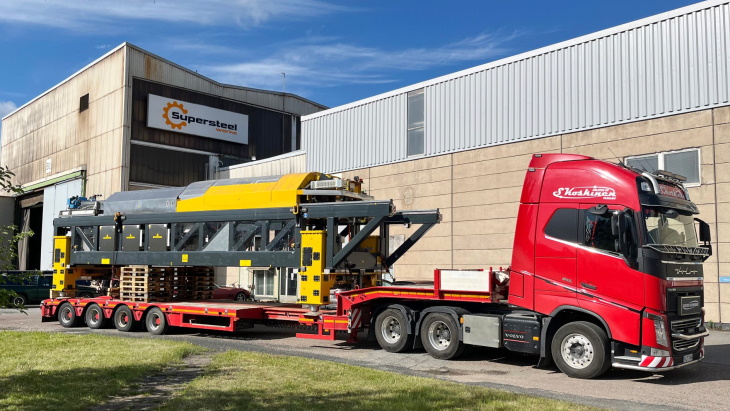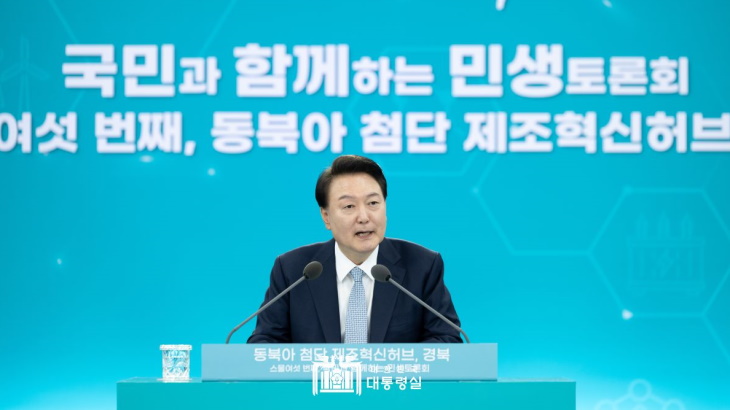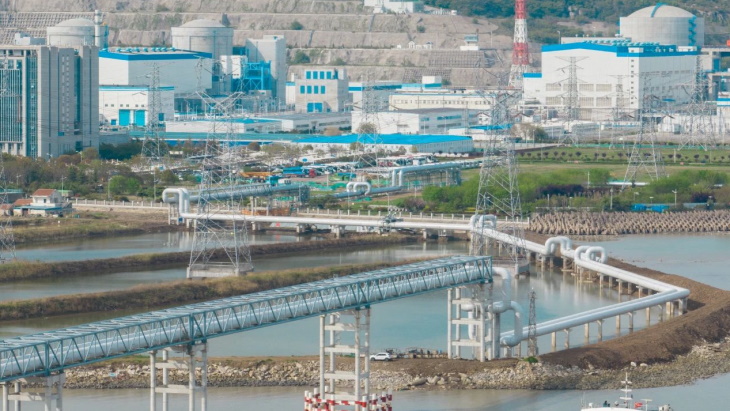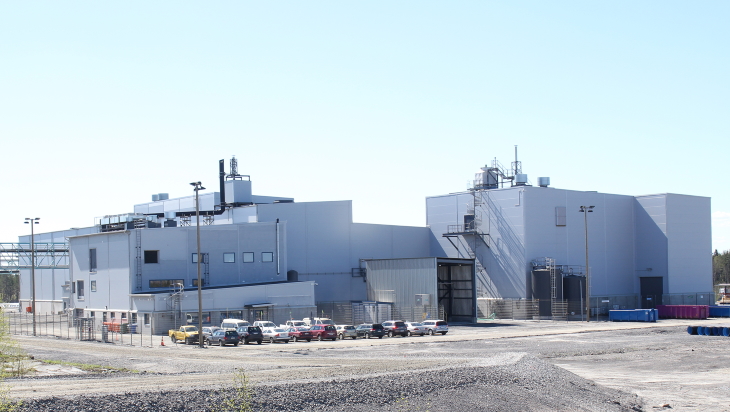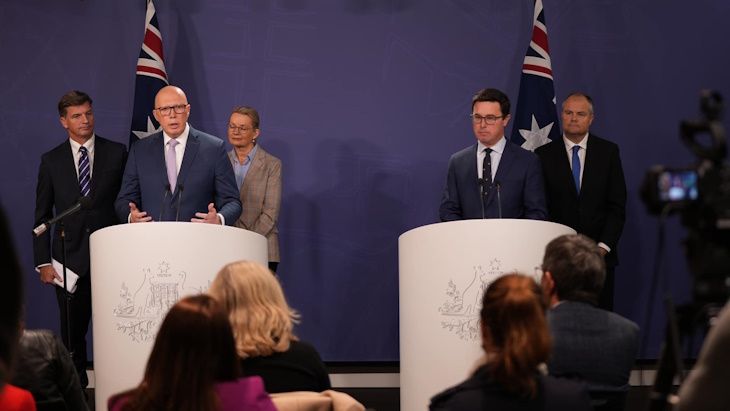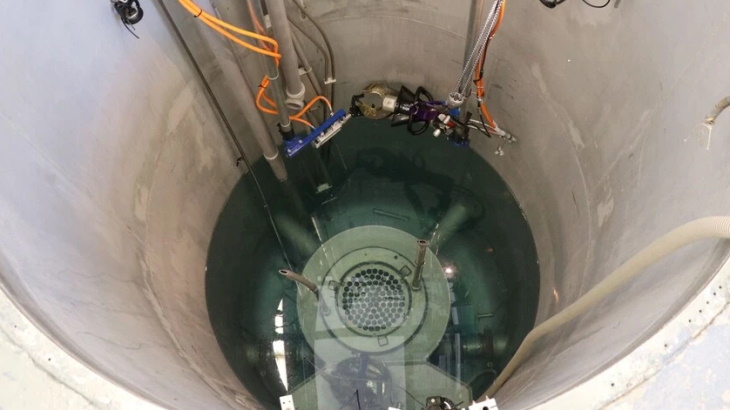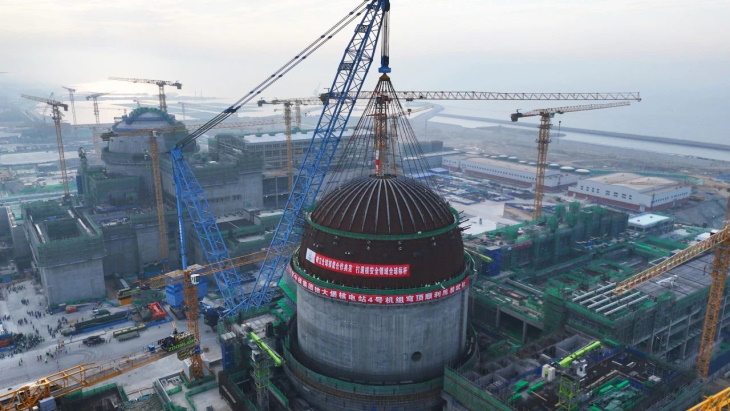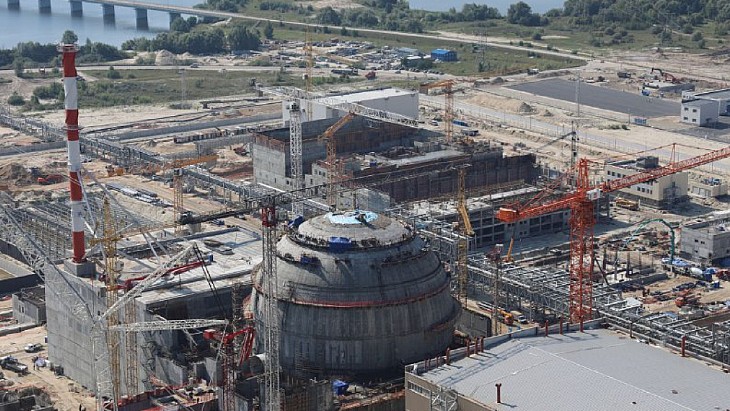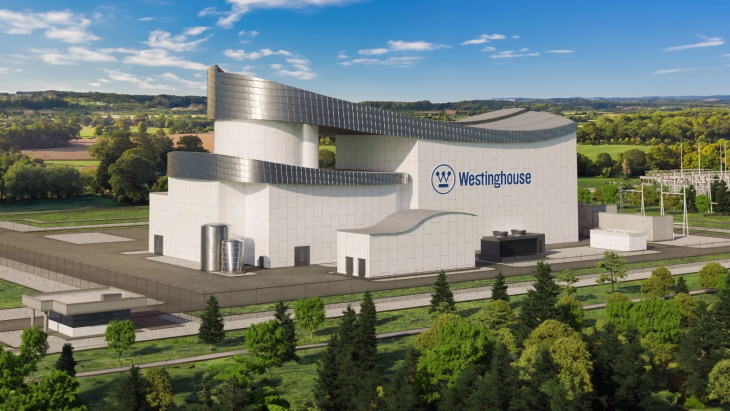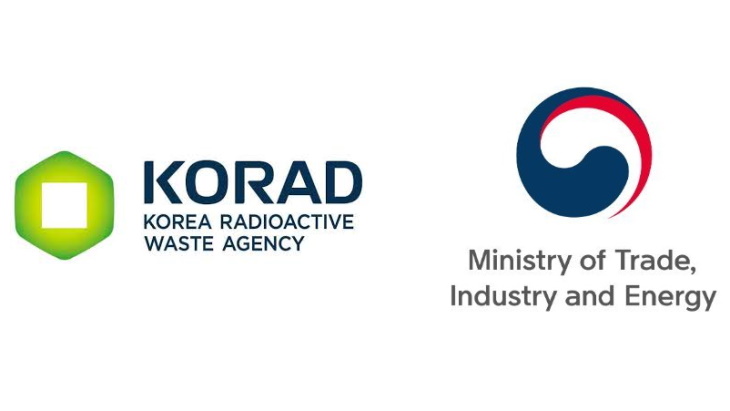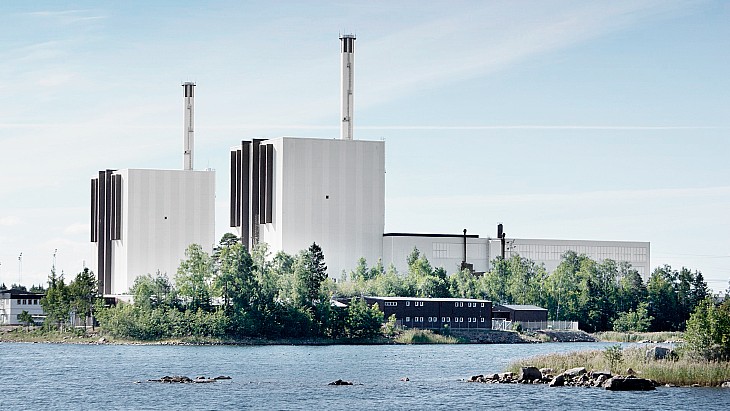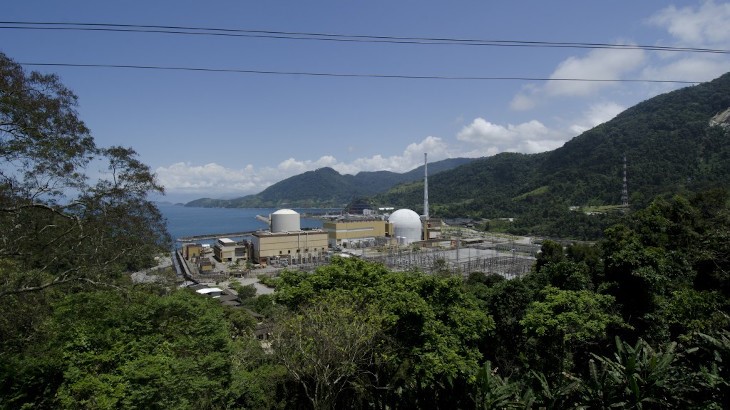Source: https://www.world-nuclear-news.org/Articles/Committee-to-evaluate-nuclear-power-option-for-Nor
The Norwegian government has appointed a committee to conduct a broad review and assessment of various aspects of a possible future establishment of nuclear power in the country. It must deliver its report by 1 April 2026.
"The need for emission-free and stable energy sources that can help deal with the natural and climate crisis and meet an increasing need for power, technological development, as well as plans for the establishment of nuclear power production by private actors in collaboration with municipalities, have contributed to the question of nuclear power being brought up to date again," said Energy Minister Terje Aasland. "Nuclear power is a complex energy source that affects a number of areas of society. There is therefore a need to obtain an updated and solid knowledge base on nuclear power as a possible energy source in the Norwegian power system."
The 12-person committee will be headed by Kristin Halvorsen, director of the Centre for International Climate and Environmental Research - Oslo (Cicero).
The Ministry of Energy said it has drawn up the mandate for the committee in consultation with several other ministries. The mandate "calls for a broad assessment of complex questions, and the selection is therefore put together by people with expertise and experience from various fields," the government said.
"An important topic the committee should shed light on is nuclear power's suitability for the Norwegian power system, research and technology development within various concepts for nuclear power (including fusion), costs and other significant consequences for authorities (including the municipal sector) and private actors, area and environmental effects, waste issues, nuclear safety, safeguarding and non-proliferation, preparedness and competence," the government said. "The committee shall discuss advantages and disadvantages of nuclear power, describe the current regulations and point out the need for regulatory development and other prerequisites that must be in place for any future establishment of commercial and industry-driven nuclear power.
"The committee shall provide an updated knowledge base on various types of nuclear power technology, technological maturity, assumed time perspective for scale-up and commercial availability, and costs. An account must also be given of relevant investment factors and requirements for infrastructure, including the need for network connection and what requirements must be made for a suitable location."
The Ministry of Energy has been given the authority to make small changes to the committee's mandate and to appoint a secretariat for the committee. "It is not realistic for the committee to possess all the necessary knowledge within the various areas of the themes," it said. "A resource group must therefore be established, consisting of professionals, who can assist and give input to the committee in important subject areas, and ensure the involvement of central specialist communities. The committee can engage external expertise if necessary."
Between 1951 and 2019, Norway operated four research reactors at the Kjeller and Halden sites, but these were not for power production. "As a starting point, Norway therefore has no experience with development, commercial operation, regulation and licence processing of this form of power production," the government said.
However, the government noted that nuclear power "has become part of the energy debate and plans for its development are being promoted".
In November 2023, the Ministry of Energy received notification of proposals for a study programme from Norsk Kjernekraft. This is the initial step in the licensing process, and triggers administrative law requirements for a proper case management. Norsk Kjernekraft wants to construct a nuclear power plant consisting of small modular reactors (SMRs) with a total output of 1500 MW in Taftøy Næringspark in Aure and Heim municipalities. The company has also announced ongoing work with several similar projects. In addition, several other municipalities and county councils have expressed an interest in nuclear power.

